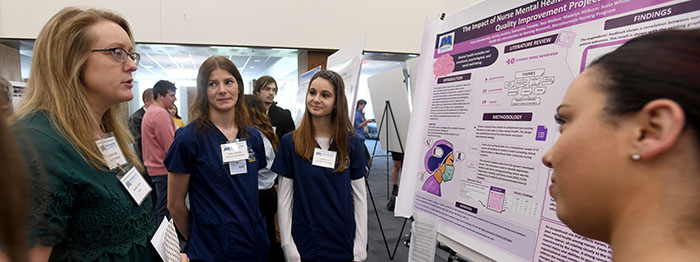Files
Download Full Text (884 KB)
Description
The MSU sheep flock is an Innovation Flock in the Sheep GEMS project through the University of Nebraska-Lincoln. The Sheep GEMS project is a national, multi-breed project that is focused on evaluating different sheep breeds and their longevity in different climates. As a participant, we collect/send raw data that is compiled. Our preliminary data from the 2022 (Year 1 ), 2023 (Year 2), and 2024 (Year 3) lambing seasons have been included. We collected measurements from Katahdin ewes (n = 46; 1-5 years old). We measured fecal egg counts (FEC), FAMACHA scores, body condition scores (BCS), teat and udder scores. Using the MIXED procedures of SAS, we evaluated these measurements for differences between year and origin. As the ewe flock was established in the summer of 2021 , our ewes were sourced from 5 outside flocks. No interactions were observed, therefore only main effects will be presented. An effect of both year (P < 0.01) and origin (P < 0.01) was observed in FEC. A year effect was also observed on FAMACHA scores (P = 0.01). For BCS, both year (P < 0.01) and origin (P = 0.02) caused differences, with year 3 being the lowest. Teat placement scores were not impacted by year or origin (P > 0.21) whereas udder depth was only impacted by ewe origin (P = 0.02). Effects of year were widely seen and speak to the impact of year-to-year changes in environment. IA CUC #22-11- 02.
Publication Date
4-17-2024
Disciplines
Higher Education | Scholarship of Teaching and Learning
Recommended Citation
Burton, Audrey; LeBrun, Jacob; Harrelson, Flint; and Harrelson, Patricia, "Impact of Year and Animal Origin on Key Factors of Ewe Longevity" (2024). 2024 Celebration of Student Scholarship - Poster Presentations. 16.
https://scholarworks.moreheadstate.edu/celebration_posters_2024/16


